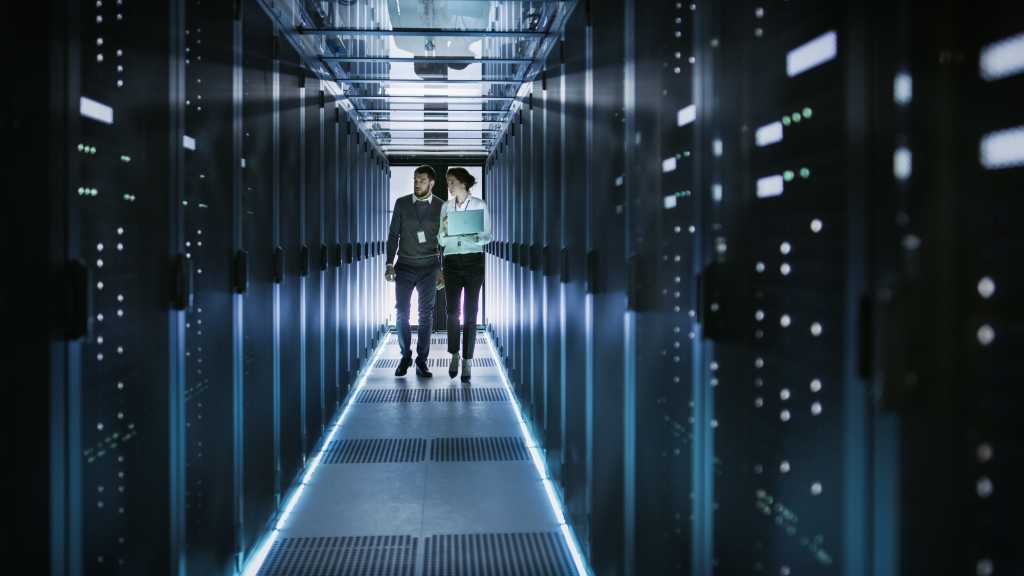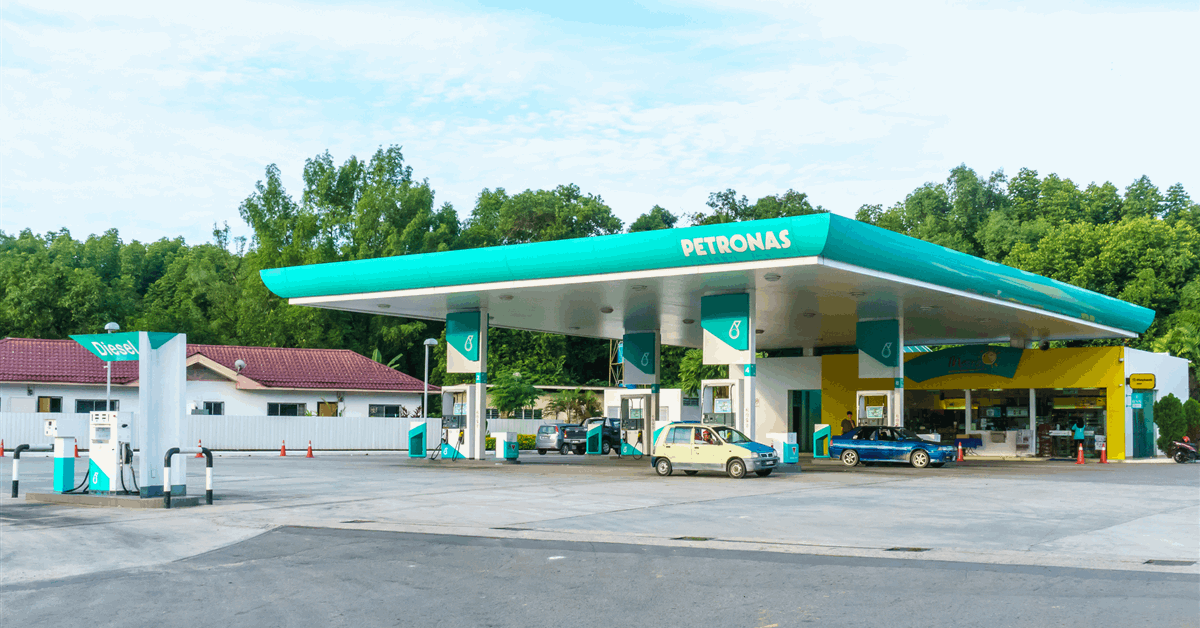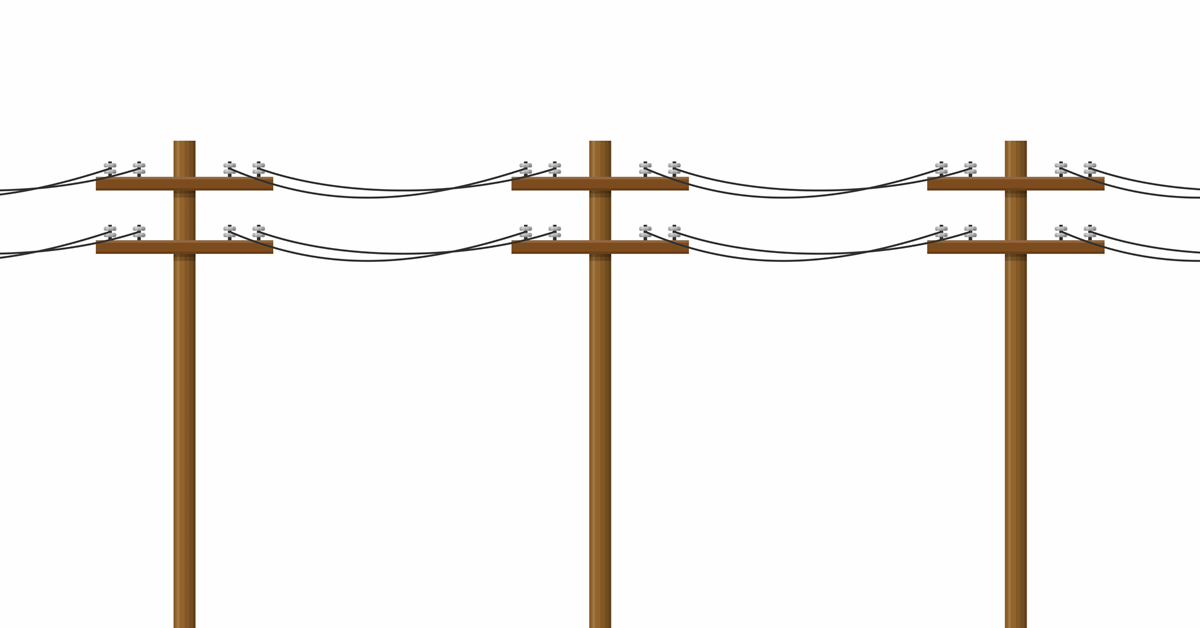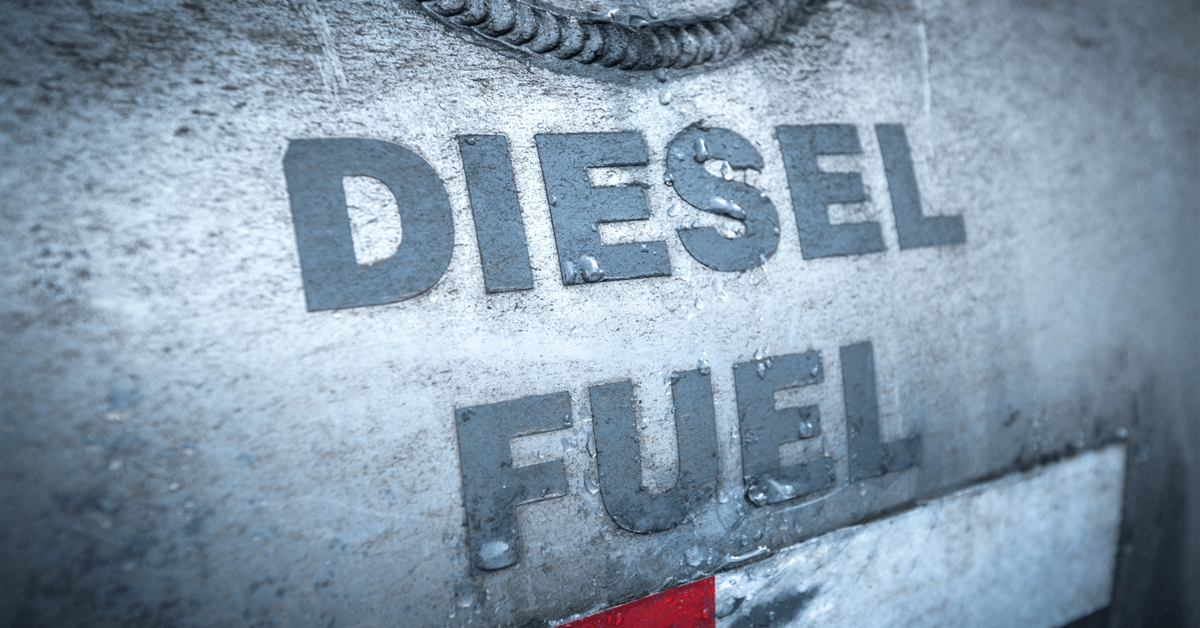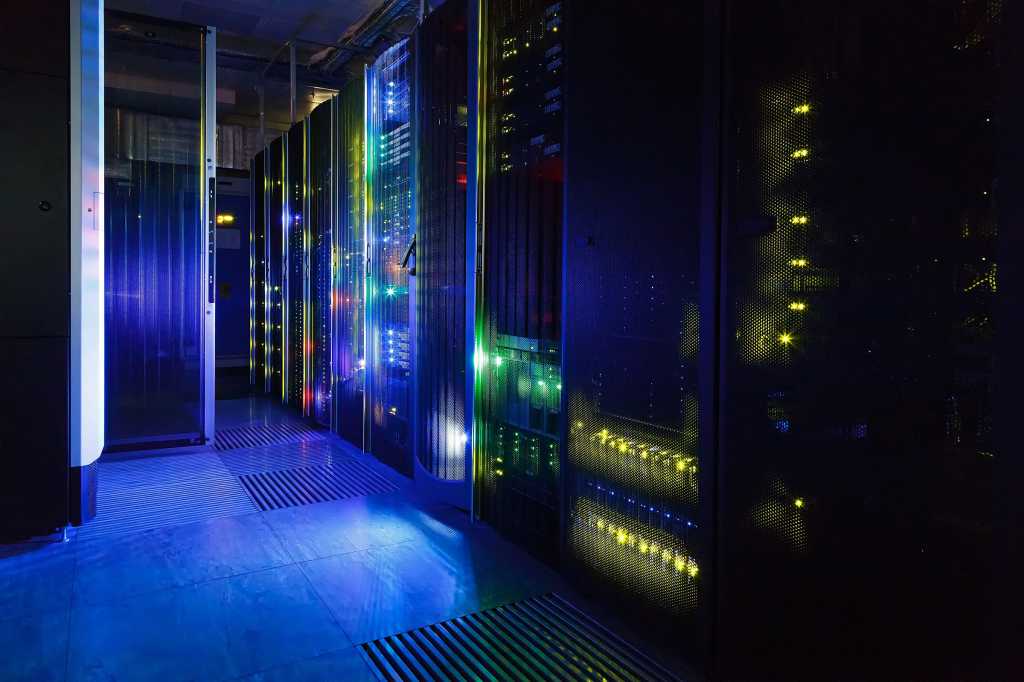
Carbon Clean Solutions Ltd. and MODEC Inc. have signed a deal to accelerate the development of an offshore floating solution for the capture of carbon dioxide (CO2).
The memorandum of understanding (MOU) builds on an earlier collaboration in which Japan’s MODEC selected London-based Carbon Clean’s CycloneCC, a modular and scalable prefabricated CO2 capture technology, for a pilot installation on a MODEC floating production, storage and offloading vessel.
The MOU “seeks to establish the framework in collaborating on how to accelerate the deployment of Carbon Clean’s On-Board Carbon Capture Solution for FPSO facilities based on MODEC’s well-established FPSO design and technical standards”, said a statement posted on MODEC’s website Thursday.
“Similar to the intent of the recently announced pilot project, and building on the early success already realized, the work to be considered by this MOU will take the proprietary Rotating Packed Bed CycloneCC offered by Carbon Clean and seek to size this for the typical emission profile of a MODEC FPSO.
“If the outcomes of the work considered by the MOU are successful, it would enable post-combustion carbon capture to be offered as a standard offering on future FPSO projects”.
The MOU targets to achieve a successful pilot plant installation on an FPSO facility in 2026. “This will be followed by the first commercial-scale deployment, targeting capture of up to 100,000 tonnes of CO2 per year, enabling partial decarbonization”, said a press release on Carbon Clean’s website. “A further scale-up will integrate CycloneCC into the FPSO design to achieve full decarbonization, with the capacity to capture approximately 300,000 tonnes of CO2 per year”.
CycloneCC has a 50 percent less footprint than traditional solutions, according to Carbon Clean. “The C1 series, the newest in the CycloneCC lineup, delivers a 70 percent height reduction compared to column-based technologies”, Carbon Clean said. “Its RPB design enhances performance under vessel motion – an essential advantage for FPSO operations”.
Carbon Clean chair and chief executive Aniruddha Sharma said, “MODEC is setting the pace for the next generation of FPSO development, and we’re proud to support their leadership with our cutting-dge carbon capture technology”.
“This agreement is a major step toward commercializing onboard carbon capture for FPSOs and sets a precedent for the broader maritime industry”, Sharma added.
“As the International Maritime Organization’s emissions regulations develop in support of maritime decarbonization, CycloneCC offers a scalable and viable solution to help vessels meet these targets and achieve full emissions reductions before the end of this decade”.
On February 27 MODEC said it had contracted SAMSUNG E&A to optimize CycloneCC for a MODEC FPSO vessel, under the pilot installation project. The pilot would be the first deployment of CycloneCC in an offshore carbon capture setting and the first post-combustion carbon capture implementation on an FPSO on a retrofit basis, according to the companies.
To contact the author, email [email protected]
What do you think? We’d love to hear from you, join the conversation on the
Rigzone Energy Network.
The Rigzone Energy Network is a new social experience created for you and all energy professionals to Speak Up about our industry, share knowledge, connect with peers and industry insiders and engage in a professional community that will empower your career in energy.
MORE FROM THIS AUTHOR



